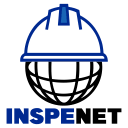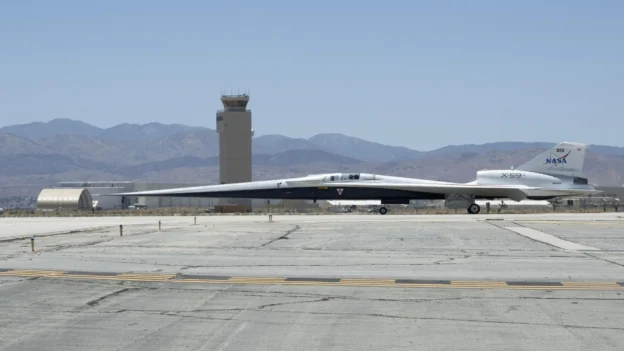NASA’s experimental aviation program has reached a new milestone with the start of taxi testing of the X-59, its supersonic aircraft designed to reduce sonic boom. On July 10, the team comprised of NASA and Lockheed Martin rolled out the jet at the Air Force Plant 42 facility in Palmdale, Calif.
Purpose of the X-59 ground test
During this phase, the objective was to test the operation of critical systems such as steering, brakes and runway response at low speeds. This stage, known as “cab testing,” is fundamental to ensure safety prior to any flight. As testing progresses, the cab speed will be increased to pre-takeoff conditions.
The X-59 differs from previous supersonic jets in its elongated, tapered shape, specifically designed to avoid the loud boom that often accompanies flight at speeds greater than the speed of sound. This feature will allow data to be obtained that could change regulations that today prevent commercial supersonic flight over land.
This development is part of NASA’s Quest mission to collect data on how people perceive the sound generated. The results will be shared with regulators such as the FAA and international organizations to define acceptable noise thresholds that will enable the future of civil supersonic air travel.
Once the ground validations are completed, the next step will be the high-speed cab test. Once the jet’s behavior in these conditions has been verified, the X-59 will be ready to take off and begin its test flight campaign.
Follow us on social networks and don’t miss any of our publications!
YouTube LinkedIn Facebook Instagram X (Twitter) TikTok
Source and photo: NASA


